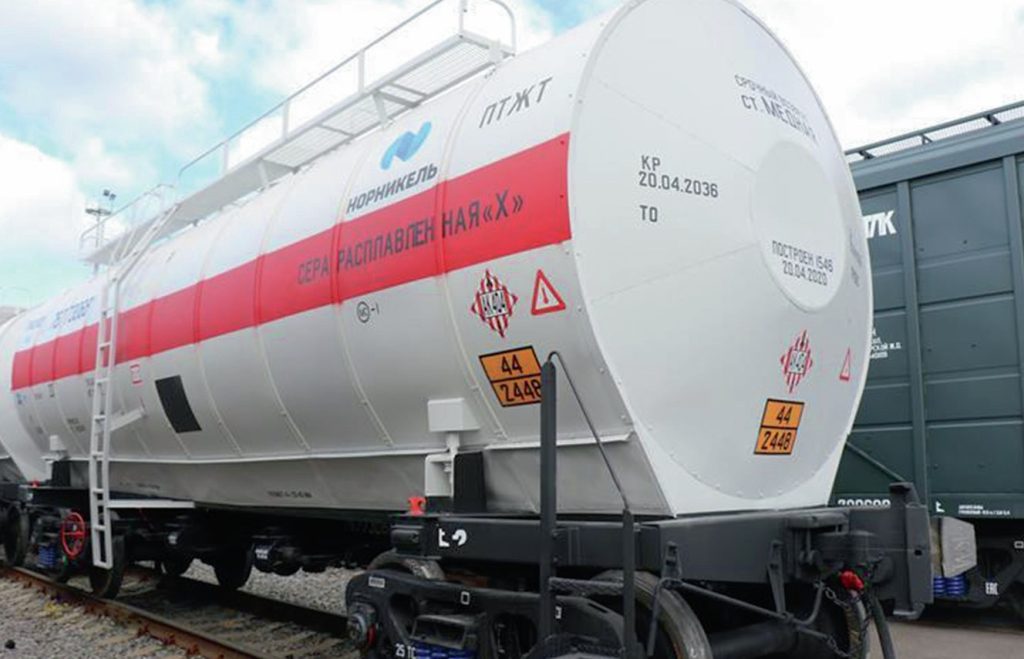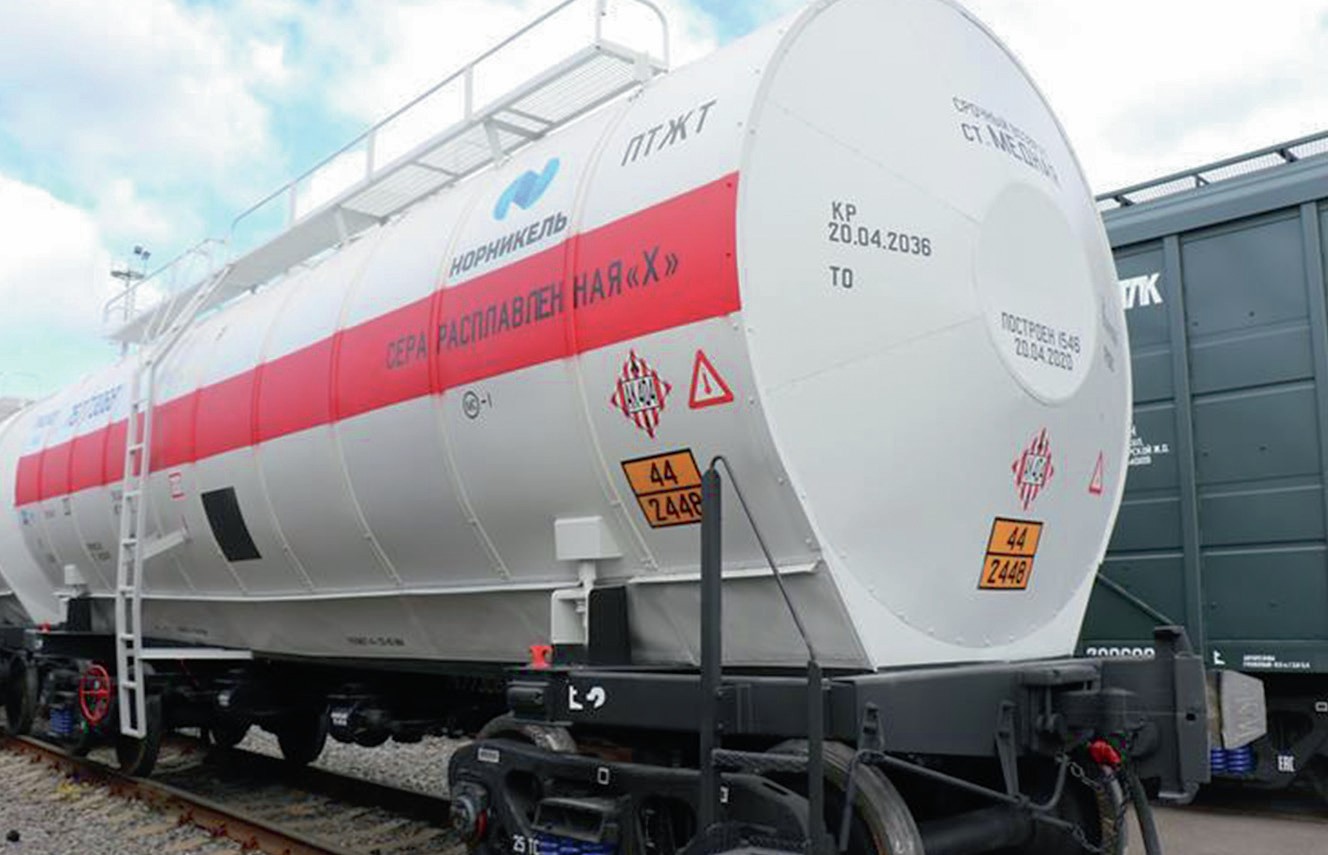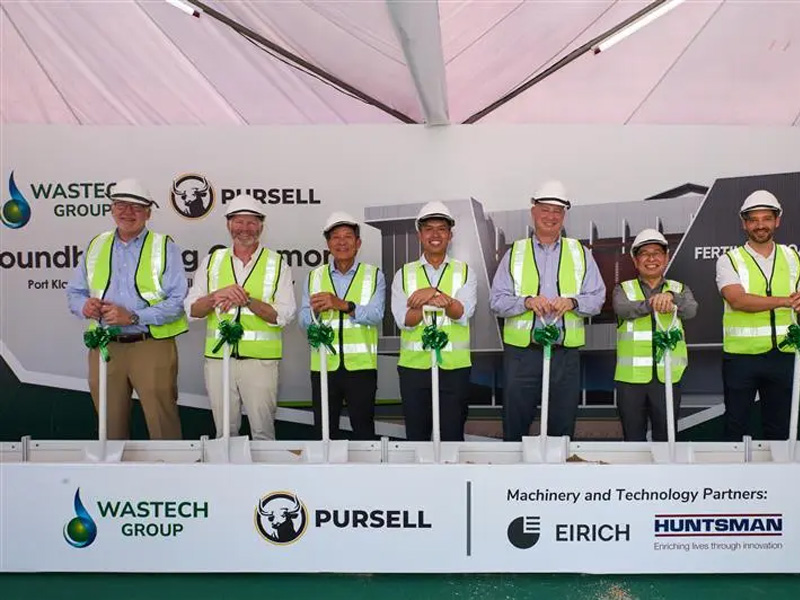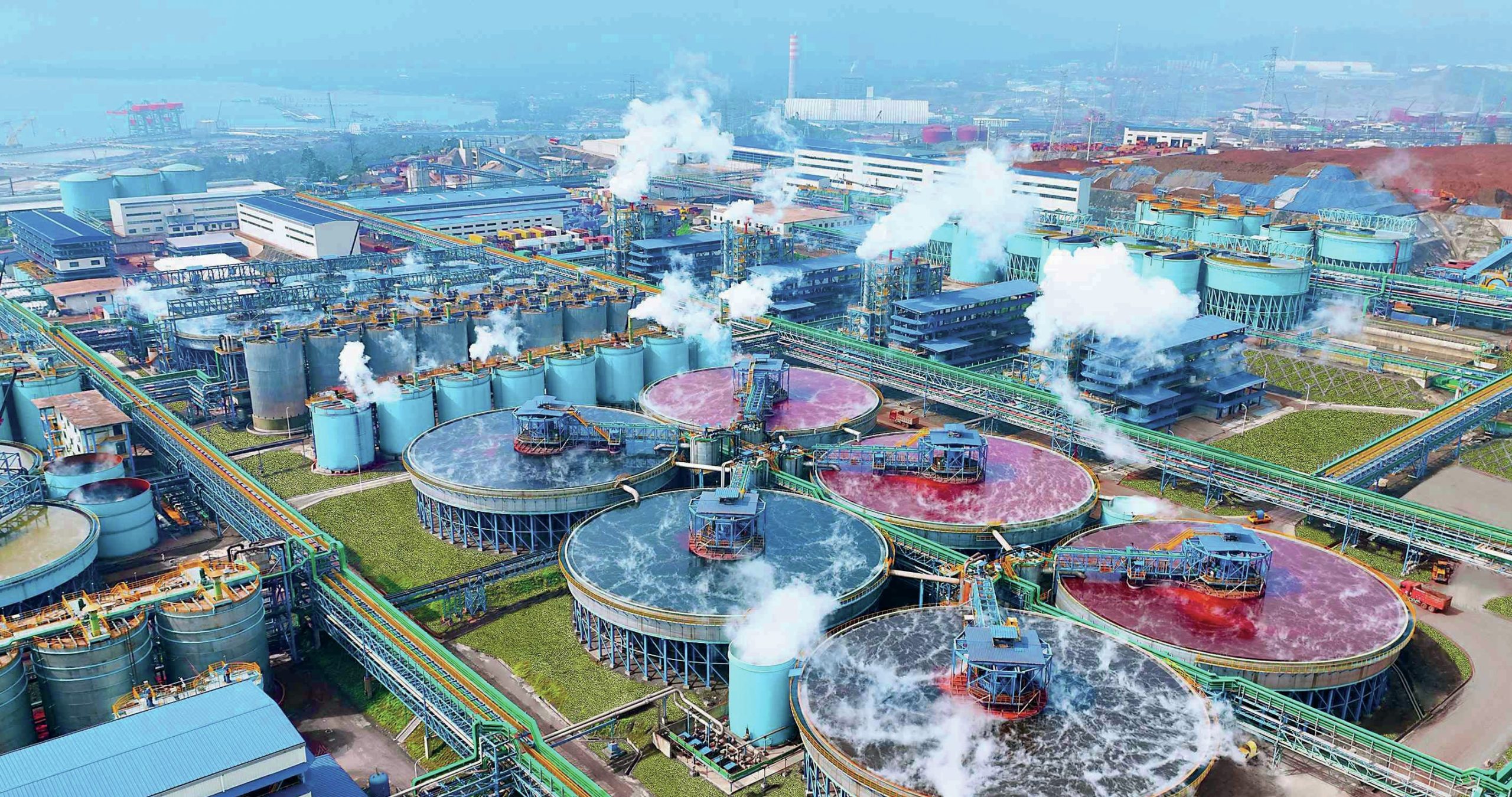Sulphur 389 Jul-Aug 2020

31 July 2020
Sulphur Industry News Roundup
UNITED STATES
US oil and gas bottoms out, but may take time to recover
US crude production dropped rapidly during April and May, but figures released by the Energy Information Administration (EIA) showed that this had plateaued and there have been some well reactivations and drawdowns from crude stocks. Total production curtailments in North America were more than 2.5 million bbl/d in May. ConocoPhillips Chairman and CEO Ryan Lance said in remarks to the media that a return to pre-outbreak production levels of 13 million bbl/d looked “pretty difficult”, although a recovery to 11 million bbl/d or possibly as high as 12 million bbl/d would be possible, depending upon OPEC moves. About one third of the company’s production was shut in as of the start of June – some 400,000 bbl/d. Lance argued that low cost shale oil resources still exist in the US, but there will be pressure on companies to reduce capital spending. The Covid19 outbreak has had a major impact in investment announcements, with a large number of project delays in the US due to uncertainty over future demand levels. Planned US exploration and production expenditure is down by 50% for the second half of 2020, while the rig count was down 60% on February.
Refinery utilisation is still lower than normal but saw a small increase in June, with gasoline production reaching 7.5 million bbl/d by the start of June and demand back to 78% of normal. The recovery in economic activity is leading to more use of private transportation and demand for gasoline, whereas manufacturing and freight activity where distillate fuel is used are recovering at a slower pace. Gasoline consumption in April 2020 was only 50% of the figure for April 2019. However, rising Covid cases in southern states and Latin America – the latter a destination for US refined product exports – will affect demand for the second half of 2020.
CHINA
Chinese oil demand back to 90% of pre-crisis levels
China’s oil demand has continued a sharp rising trend since falling by 40% to reach a low point in February 2020. IHS Markit reports that Chinese oil demand for April reached 89% of the April 2019 level (approximately 12.7 million bbl/d as compared to 14.3 million bbl/d for the previous year) as lockdown measures were lifted and personal mobility and economic activities resume. IHS forecast that it would reach 92% of the prior year level in May. Positive indicators included new car sales, the resumption of work at large industrial enterprises and freight turnover all returning to near-or-at prior year levels. Weekday road traffic is also back to pre-lockdown levels, although use of public transportation remains depressed. China’s real GDP growth for 2020 is now forecast at 0.45%, compared with 6.2% predicted prior to the Covid-19 outbreak. Overall 2020 oil demand is expected to be down by 1.2 million bbl/d (8%).
ECUADOR
Restart for refinery sulphur plant
Petroecuador says that it has re-started the sulphur plant at its Esmereldas refinery, following a shutdown on April 7th due to “mechanical damage” resulting from power failures in the National Interconnected System (SIN) – Ecuador’s national electricity grid. EP Petroecuador’s general manager, Pablo Flores, said that a team made up of 30 technicians carried out the necessary remedial work to return the sulphur plant to operation during extended days, after repairing mechanical damage. Engineers built a new tube and casing bundle, installed refractory cement inside, and completed assembly and final welding. Welding and hydrostatic tests were also carried out, and technicians confirmed the quality of pressure sealing of the valves, to avoid gas leaks.
SAUDI ARABIA
Aramco completes its acquisition of stake in Sabic
Saudi Aramco has completed its acquisition of a 70% stake in the Saudi Basic Industries Corporation (Sabic) from the country’s Public Investment Fund (PIF); the sovereign wealth fund of Saudi Arabia. The acquition was completed at a total price of $69.1 billion, as part of Aramco’s long-term downstream strategy to grow its integrated refining and petrochemicals capacity and create value from integration across the hydrocarbon chain. It makes Aramco one of the major global petrochemicals players; integrating upstream production with Sabic feedstock, expanding capabilities in procurement, supply chain, manufacturing, marketing and sales; and increasing the resilience of cash flow generation. Sabic says it expects to benefit from Aramco’s downstream chemicals feedstock production, and ability to invest in and execute major growth projects at a very large scale. In 2019 Aramco and Sabic recorded combined petrochemicals production volume of nearly 90 million t/a, including agri-nutrient and specialty products.
Yasir Othman Al-Rumayyan, governor of the PIF said: “This is a significant milestone for three of Saudi Arabia’s most important entities. It provides capital for PIF’s long-term investment strategy as it drives the economic transformation and growth of Saudi Arabia, further benefitting the people of our country; it supports Aramco’s continued growth in Downstream and enhances its international footprint; and, it provides Sabic a new strategic energy industry focused shareholder with the ability to support growth projects.”
KUWAIT
Kuwait completes sulphur project at Al Ahmadi refinery
Kuwait National Petroleum Company (KNPC) says that it has completed its acid gas recyling plant at its Mina Al-Ahmadi refinery, which will recycle acid gas and condensates produced by the Kuwait Oil Company from its fields in the west of the country. KNPC Deputy CEO for Projects Abdullah Al Ajmi, said the volume of gas processed could reach 231 million cfd based on a 2.5% hydrogen sulphide content of the acid gas, down to 146 million cfd when the H 2 S content is 5%. The plant can also process 39,000 bbl/d of condensate. He added that the project will contribute to reducing greenhouse gas emissions to less than 1%, as well as reducing emissions of sulphur dioxide to permissible levels, and generating additional sulphur for export. Mina Al Ahmadi currently produces 1,330 t/d of sulphur.

UNITED ARAB EMIRATES
Adnoc celebrates progress at Ruwais
Adnoc’s chief executive Sultan al-Jaber hosted Abu Dhabi’s Crown Prince Mohammed bin Zayed al-Nahyan at the firm’s Ruwais refinery in mid-June to celebrate progress at the site, already home to a refinery and petrochemicals complex, and now part of a $45 downstream diversification project into a petrochemical and industrial hub. The visit marked four years of transformation of the company following a strategy launched in November 2016 which has seen the state-owned giant become more market focused and develop collaborations with overseas companies such as Baker Hughes, as well as the part privatisation of some assets. Last year Adnoc sold a 40% stake in its domestic oil pipeline network for $4 billion, and a 35% share in its refining business, bought by Eni and Total for $5.8 billion. This year, it has sold a 49% stake in its gas pipelines in a deal worth $10 billion to a consortium including Global Infrastructure Partners, Brookfield Asset Management, Singapore’s sovereign wealth fund GIC, Ontario Teachers’ Pension Plan Board, South Korea’s NH Investment & Securities and Italy’s Snam.
However, although the company’s oil production reached a record 4.2 million bbl/d in April, falling oil prices have seen margins squeezed and delays to construction phases on some larger projects, especially expensive offshore sour gas development. In April Adnoc terminated $1.65 billion worth of contracts awarded in February to a Petrofac-led group for the ultra-sour Dalma Gas Development project. The company is also having to throttle back oil production by 1.7 million bbl/d until early 2022 to meet new OPEC production targets. Some expansion is still occurring, even so − bids are due by the end of June on an estimated $400 million engineering, procurement and construction contract to raise capacity at the offshore Umm Shaif field by 75,000bl/d to around 475,000bl/d.
RUSSIA
Molten sulphur rail cars delivered
United Wagon Company (UWC), one of Russia’s largest producers of rail cars, says that Ivanomorsk TPK has taken delivery of a batch of TikhvinChemMash molten sulphur rail cars for use by Norilsk Nickel. This follows the delivery last year of rail cars for sulphuric acid transport. In a press statement, UWC said the Type 15-6913 molten sulphur wagon featured thermal insulation, a double casing of stainless steel, and an air gap outside the tank shell to enable uniform heating of the load with hot air generated by tubular heating elements. The 25 tonne axle load bogies provide the wagons with a capacity of 72 tonnes or 44 m3 ; they are designed for maintenance intervals of up to 1 million km or eight years and a life of 32 years.
KAZAKHSTAN
Sulphur output up
Kazakhstan’s Statistics Committee reports that the country’s sulphur output for the first five months of 2020 reached 1.7 million t/a. This figure was up 6.4% on the same period for 2019.






